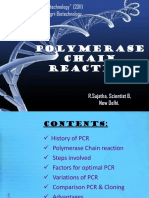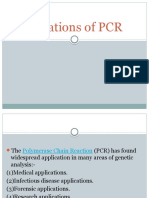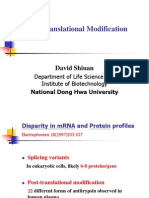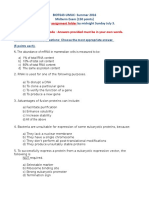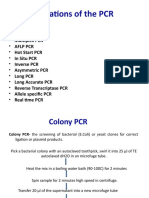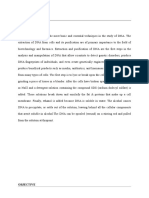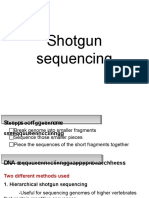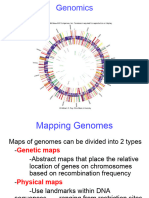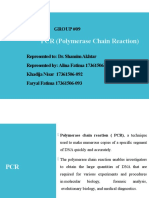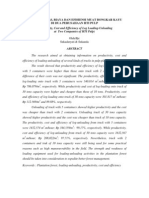100% found this document useful (1 vote)
503 views42 pagesPCR Lecture
The document provides an overview of the polymerase chain reaction (PCR) technique. It describes the basic components and steps of PCR, including DNA denaturation, primer annealing, and fragment elongation. It also discusses various PCR applications in medical diagnosis, infectious disease detection, forensics, and research. PCR is a powerful technique for amplifying specific DNA regions, enabling various downstream applications.
Uploaded by
Noor KhanCopyright
© © All Rights Reserved
We take content rights seriously. If you suspect this is your content, claim it here.
Available Formats
Download as PPT, PDF, TXT or read online on Scribd
100% found this document useful (1 vote)
503 views42 pagesPCR Lecture
The document provides an overview of the polymerase chain reaction (PCR) technique. It describes the basic components and steps of PCR, including DNA denaturation, primer annealing, and fragment elongation. It also discusses various PCR applications in medical diagnosis, infectious disease detection, forensics, and research. PCR is a powerful technique for amplifying specific DNA regions, enabling various downstream applications.
Uploaded by
Noor KhanCopyright
© © All Rights Reserved
We take content rights seriously. If you suspect this is your content, claim it here.
Available Formats
Download as PPT, PDF, TXT or read online on Scribd
/ 42


